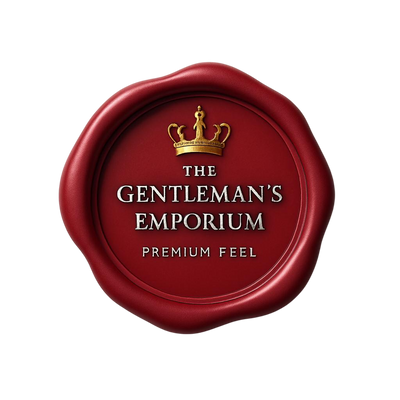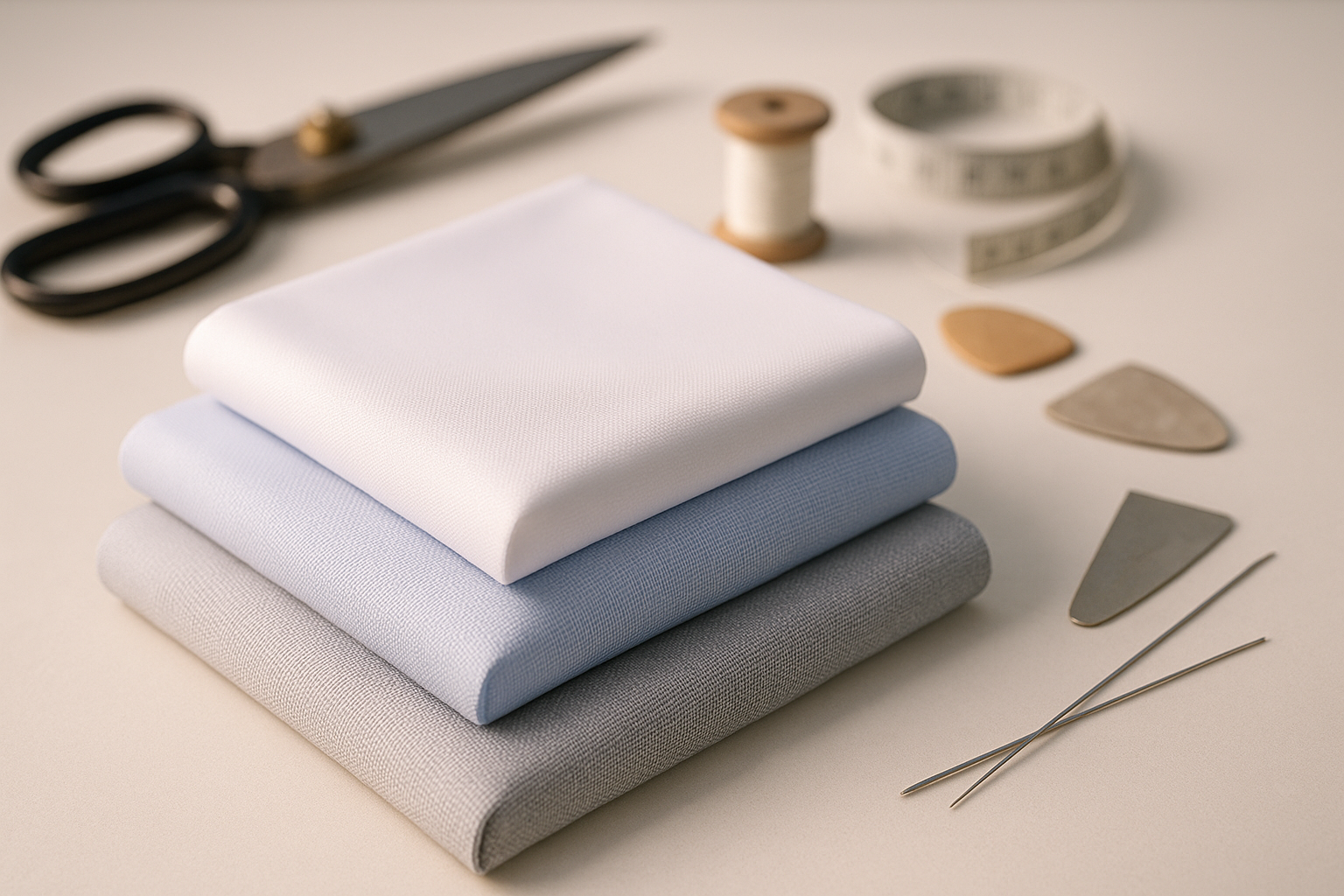Entrance
A tailored shirt looks flawless when the right fabric is chosen before design details are considered. While dozens of textures and blends are available, the trio of poplin, dobby, and oxford offer both accessibility and diverse wear scenarios. In this article, we explain how texture is created, its impact on fall, breathability, and shine, and provide clear examples of which textures stand out in scenarios like office, casual, and formal occasions.
Poplin: Smooth and versatile
Since poplin is plain woven, its surface is homogeneous and smooth.
Pros:
-
It is light and breathable in thin-medium weights.
-
It gives a clean silhouette and is compatible with ties and suits.
-
It is easy to iron and stays tidy all day long.
Cons: -
In very hot climates, sweat marks may be more visible.
-
The matte look may seem too “formal” for some users.
Recommended use: A presentable and risk-free choice for the office five days a week. The light blue, white, and striped variations are timeless.
Dobby (Micro Jacquard): Character in texture
On Dobby looms, micro-patterns (squares, dots, stripes) are created by raising the threads at regular intervals. Because it's tone-on-tone, it appears both detailed up close and serene from a distance.
Pros:
-
Surface that reflects light elegantly ; rich appearance in photographs.
-
Tends to hide wrinkles better than poplin.
-
It stands out in invitations and smart-casual combinations.
Cons: -
Ironing very thick patterns requires a little more care.
Suggestion for use: Presentation, invitation, special day shirts; micro square and micro stripe textures are modern and risk-free.
Oxford: Comfortable and well-fed posture
Oxford gives a slightly granular surface with a basketweave-like weave.
Pros:
-
Solid fall and slight distance from the body; comfortable feeling.
-
Casual-chic balance; perfect with chinos and sports jackets.
-
Durable construction, ideal for weekends and out of the office.
Cons: -
It does not give as fine lines as poplin in very formal environments.
Recommended use: With a button-down collar, weekdays, Fridays and weekends.
Which one in which climate?
-
Hot & humid: Thin poplin or thin oxford (light colours).
-
Temperate: Dobby and oxford are comfortable all year round.
-
Cool: Medium weight dobby or oxford; can be layered with a base layer.
Mixing and care
-
100% cotton: Natural, breathable, good matte-shiny balance.
-
Easy-care blend (cotton/poly): Less wrinkling, quick drying; travel-friendly.
Care: 30°C gentle wash, low heat ironing, no bleach, line dry.
Example usage scenarios
-
Interview: White poplin + classic collar + plain tie.
-
Invitation: Micro-square dobby light gray or ice blue.
-
Weekend: Oxford, button-down collar, rolled sleeves.
Poplin is "crisp and serious," oxford is "comfortable and solid," and dobby is "stylishly detailed." With at least one piece of each of these three textures in your wardrobe, you can create risk-free combinations both in the office and in social life.

